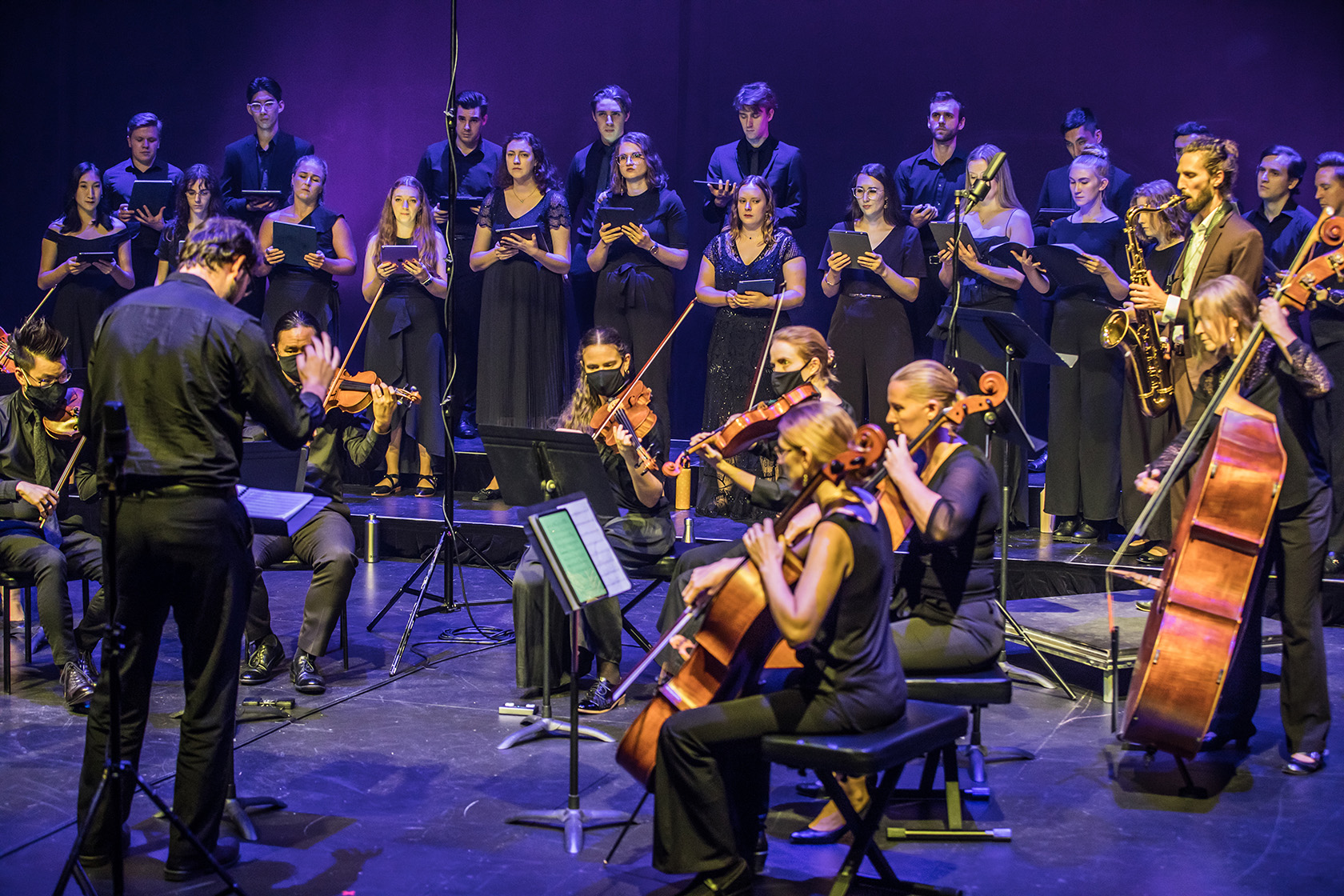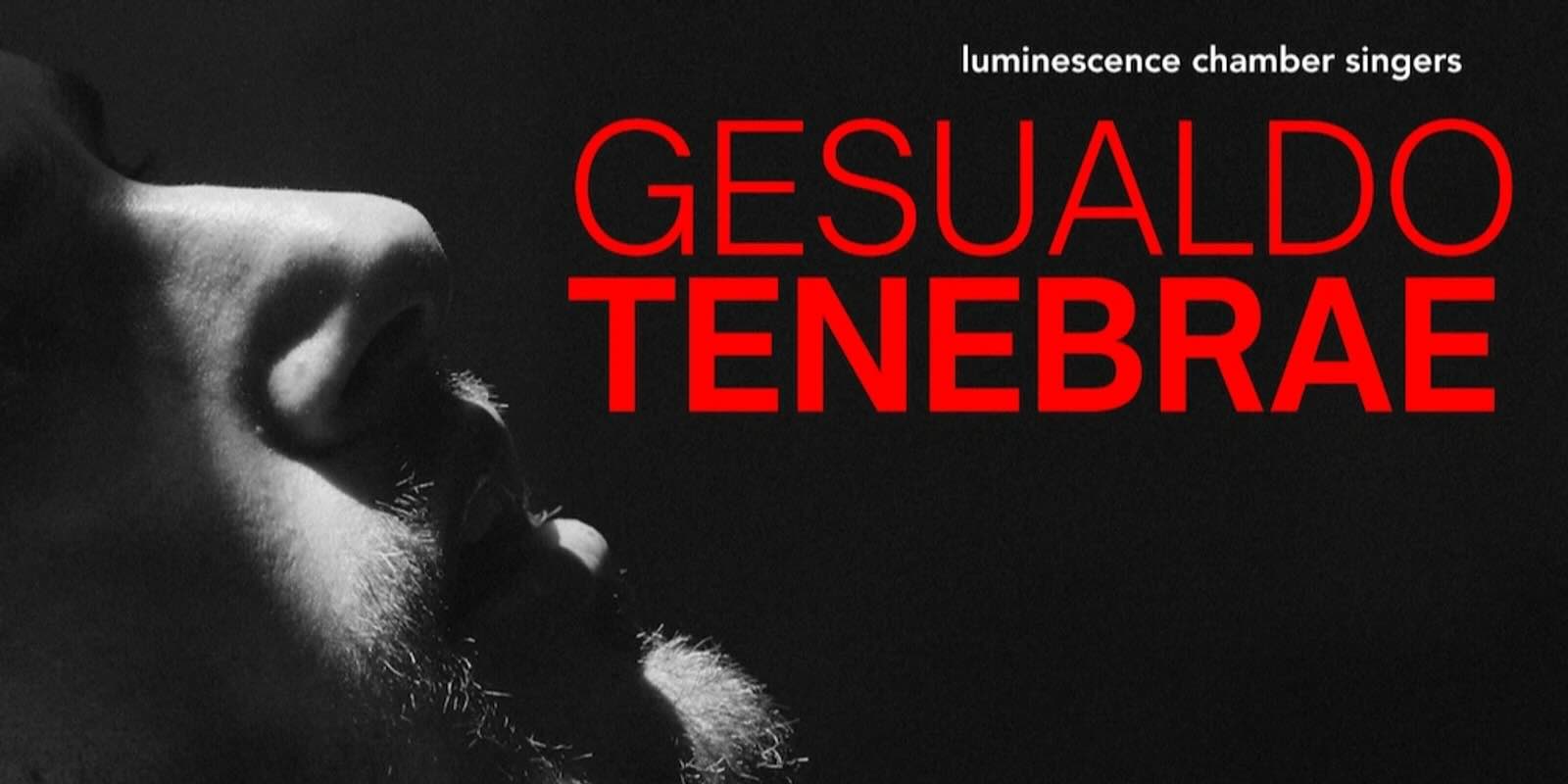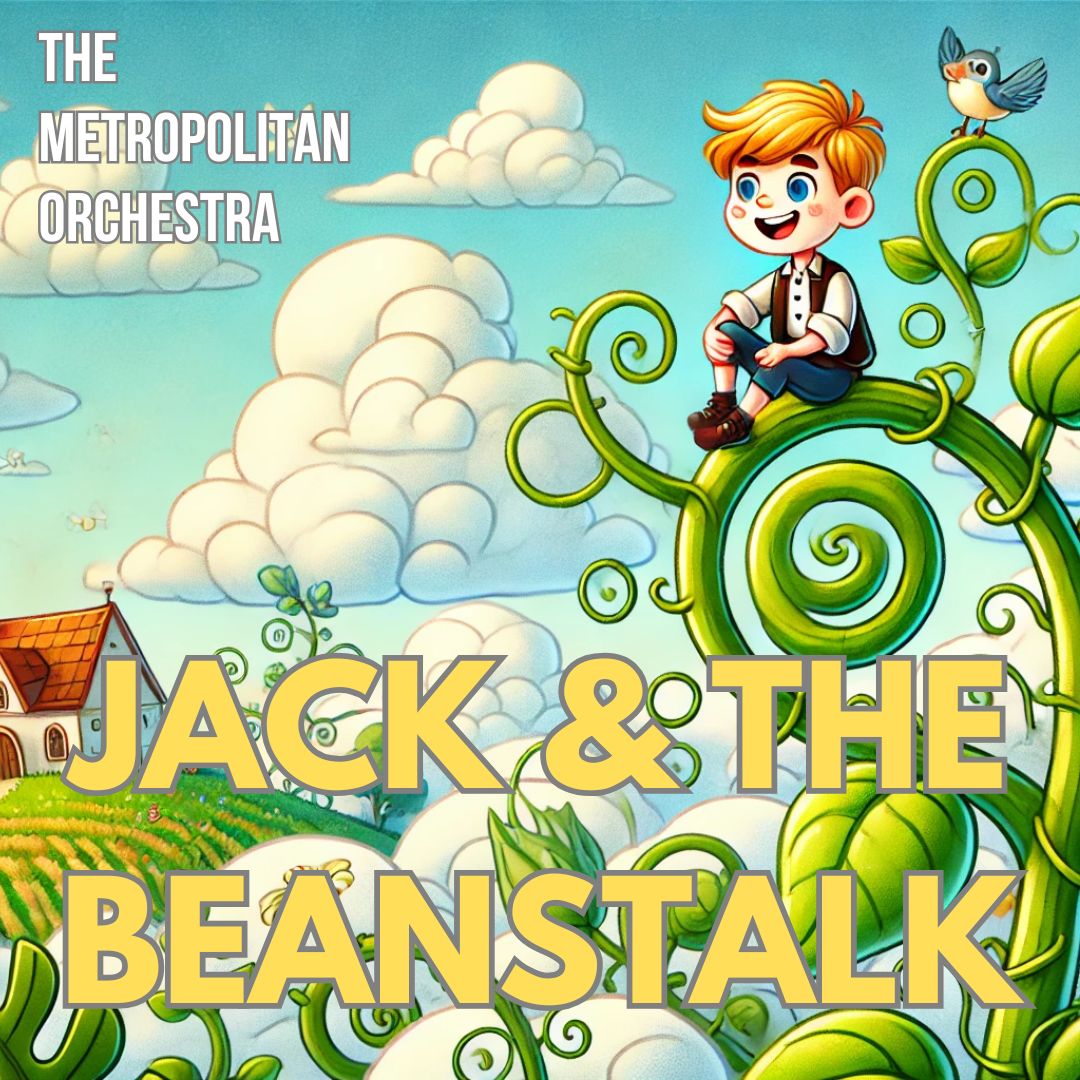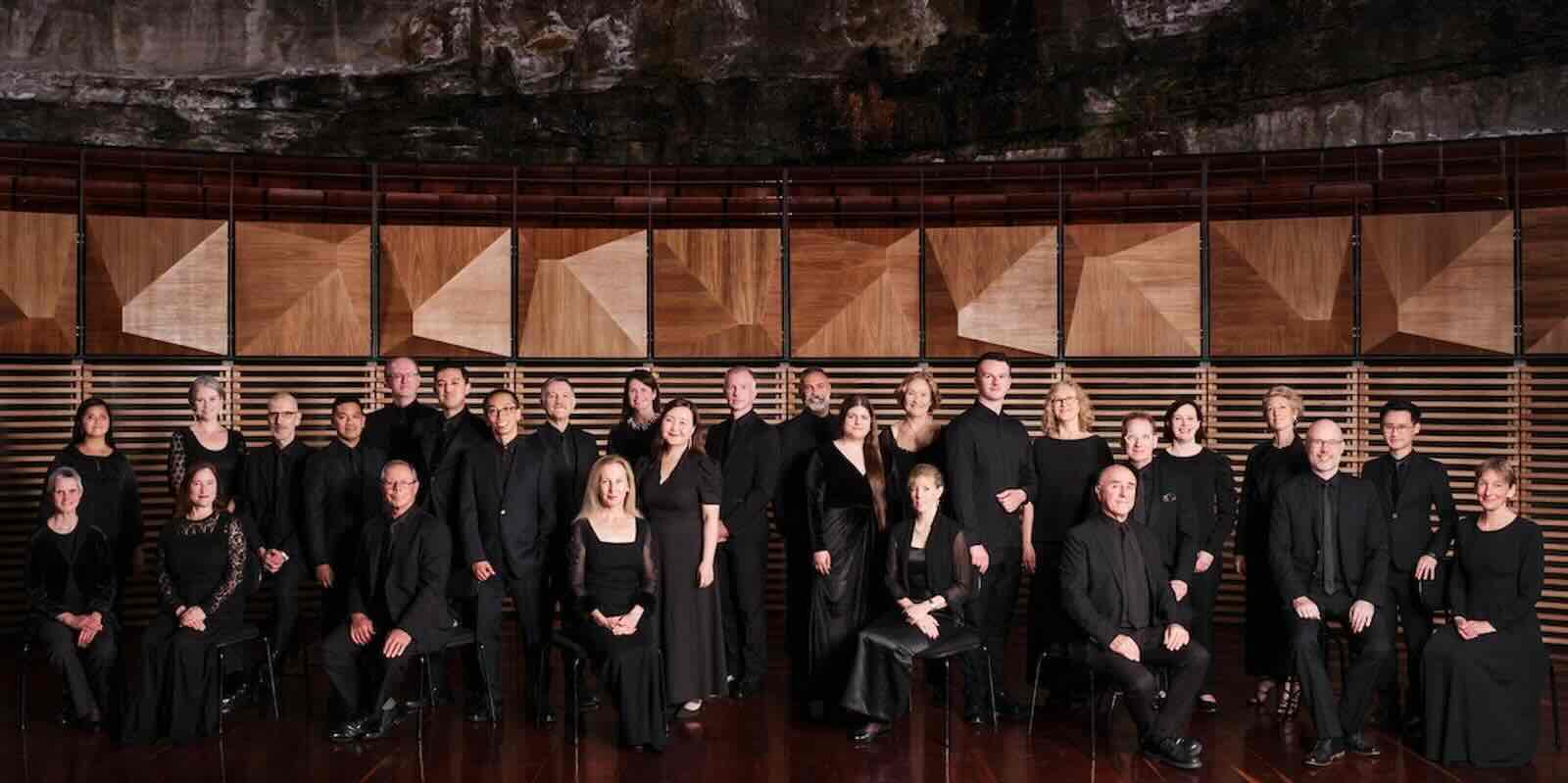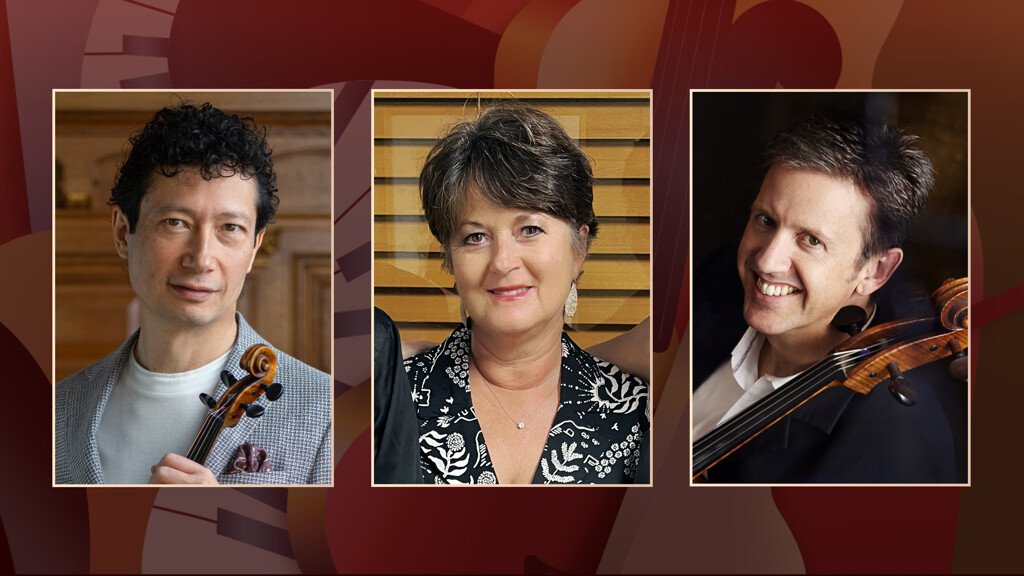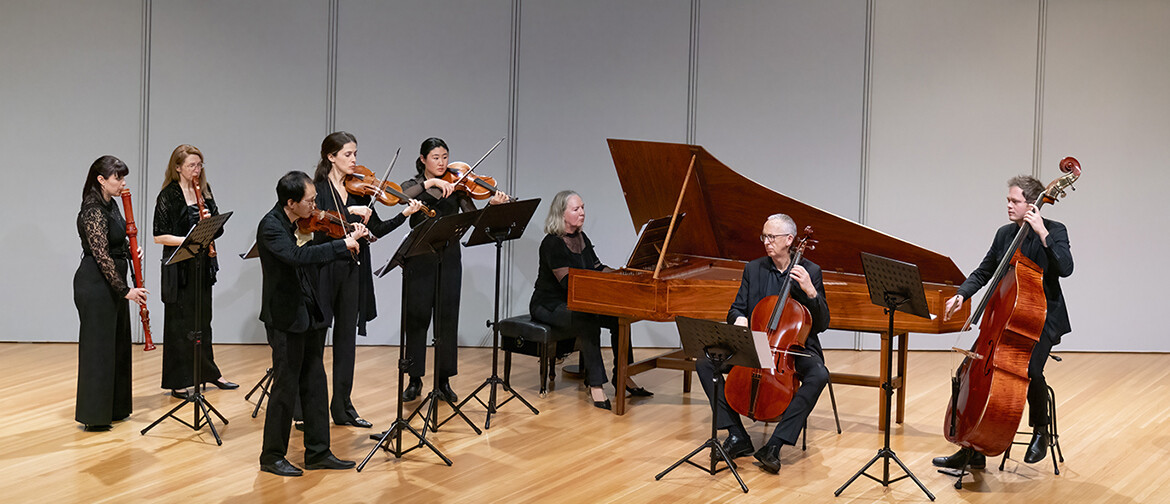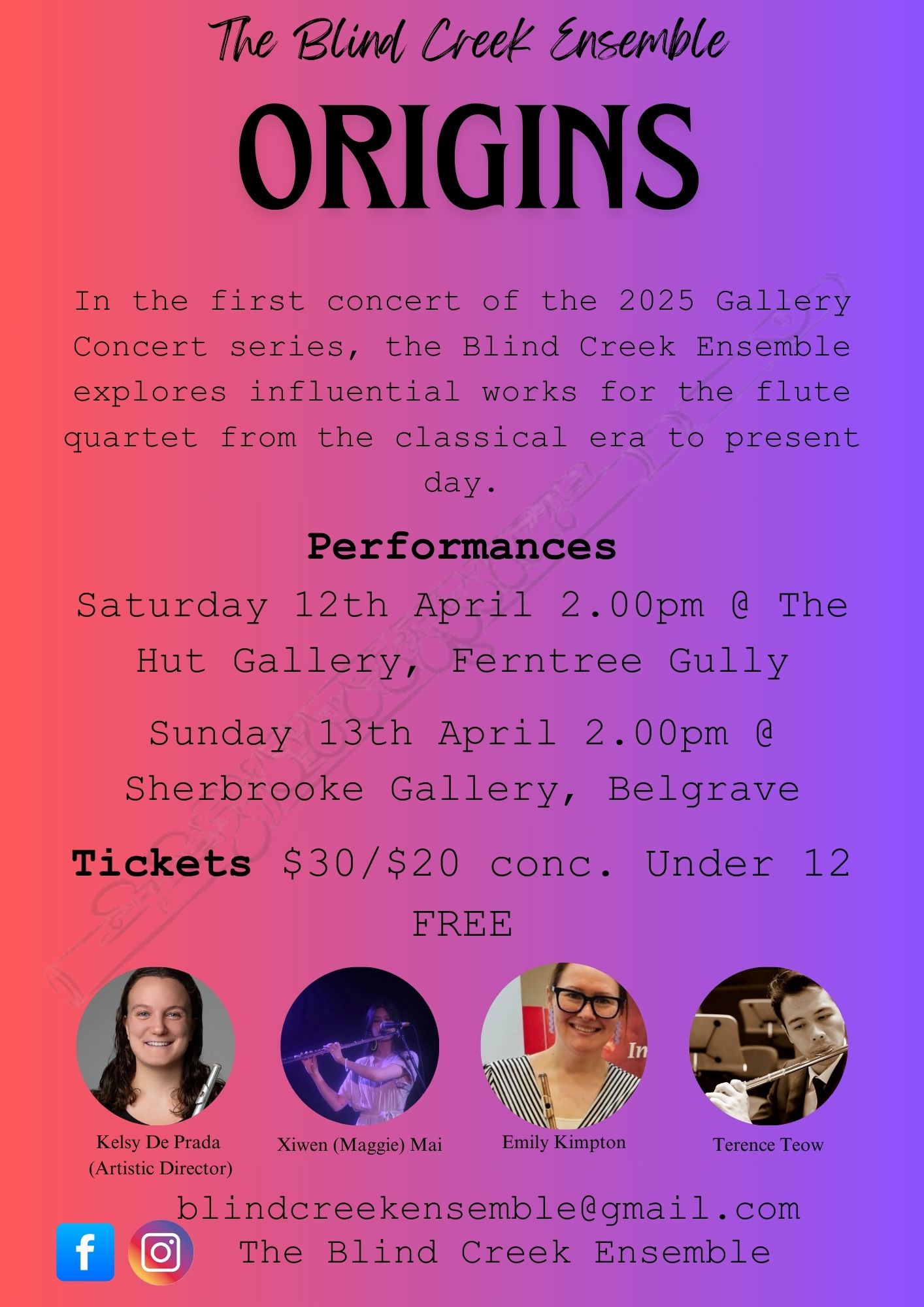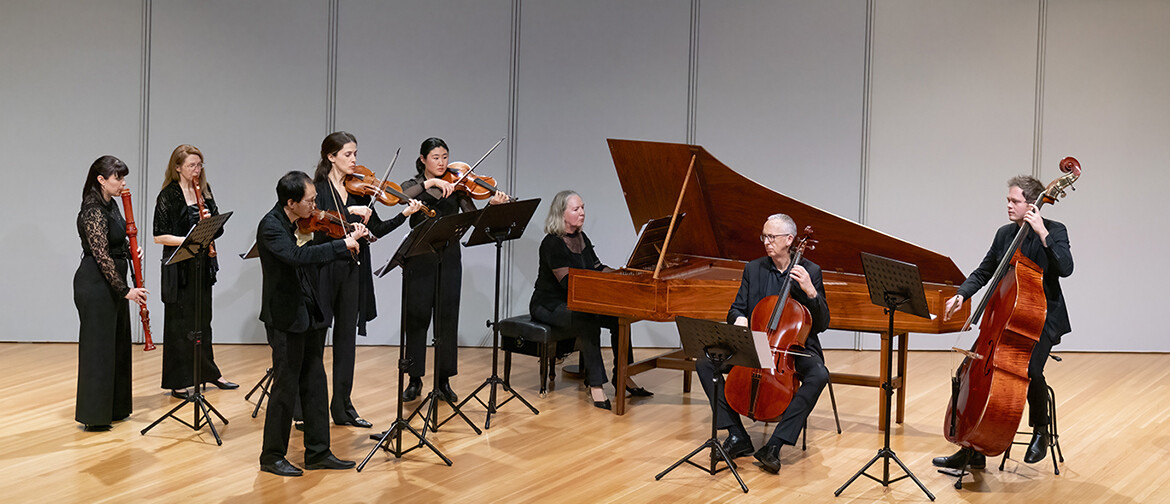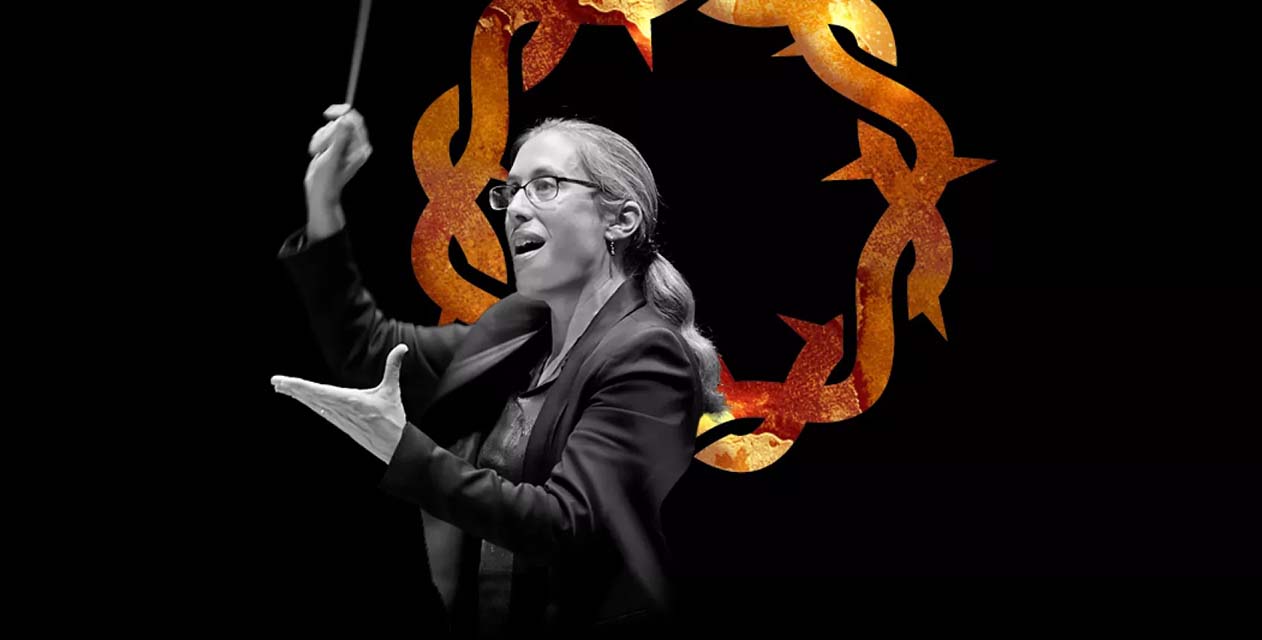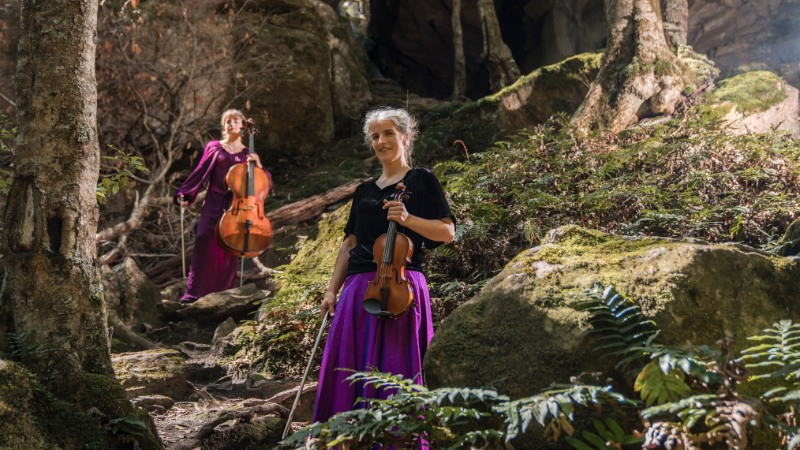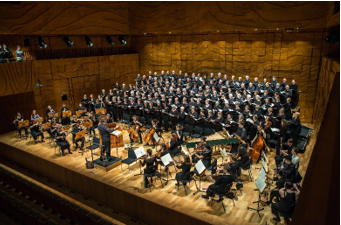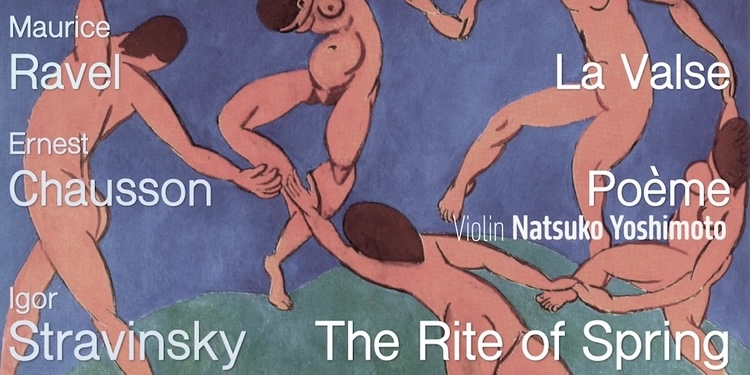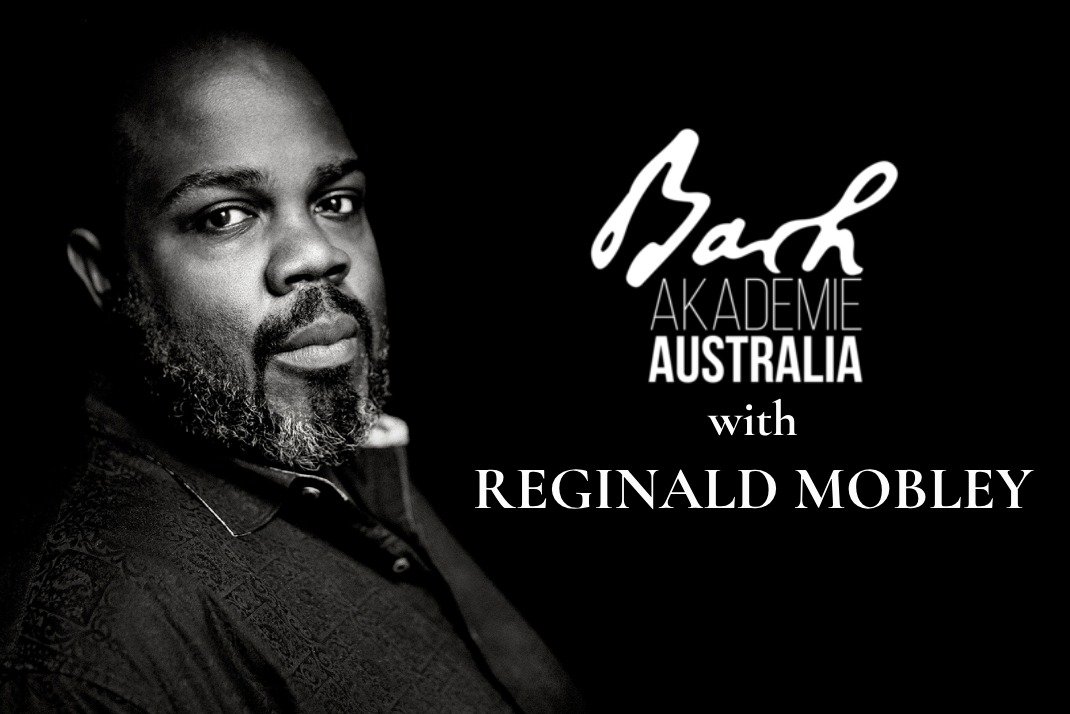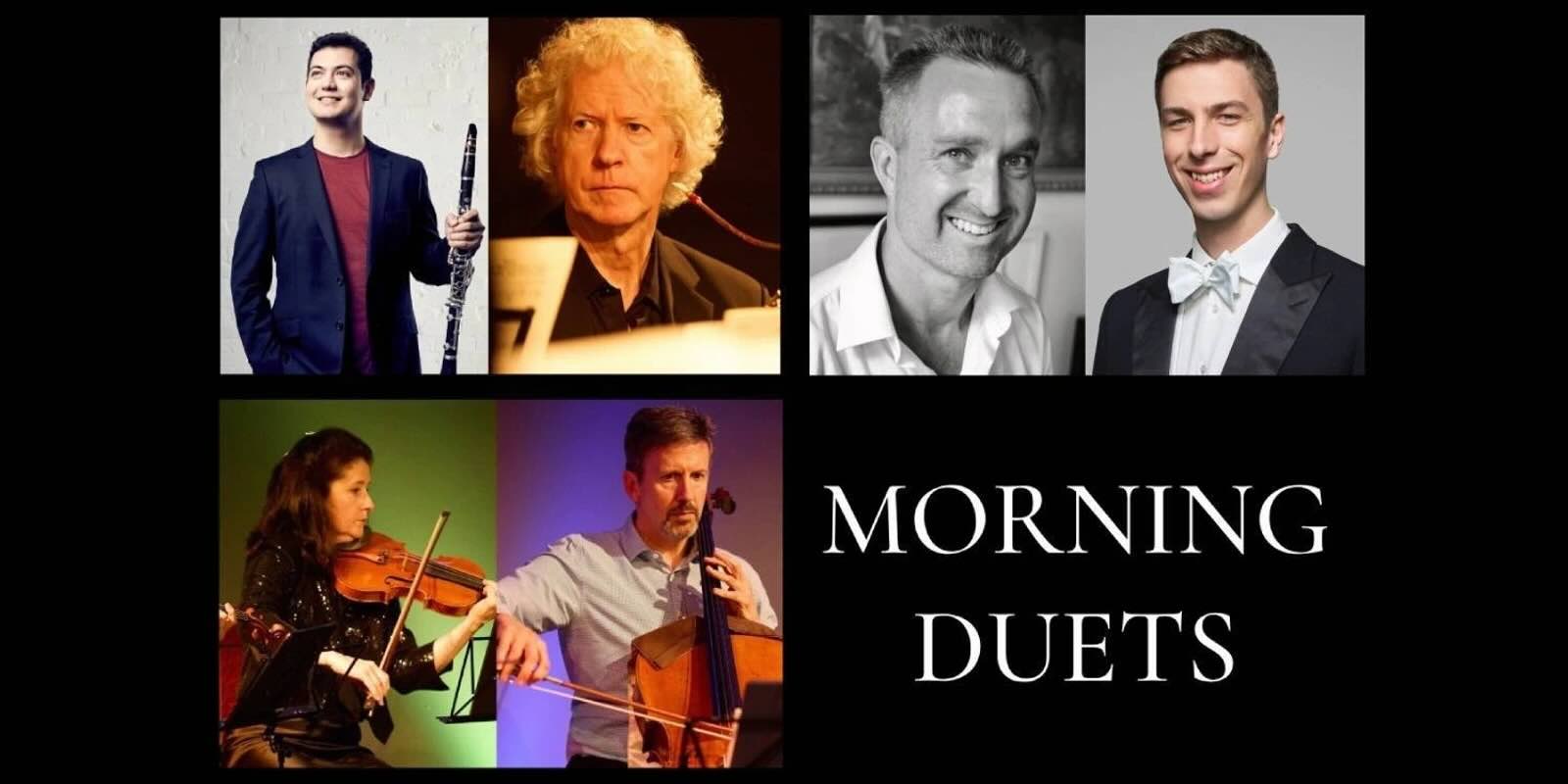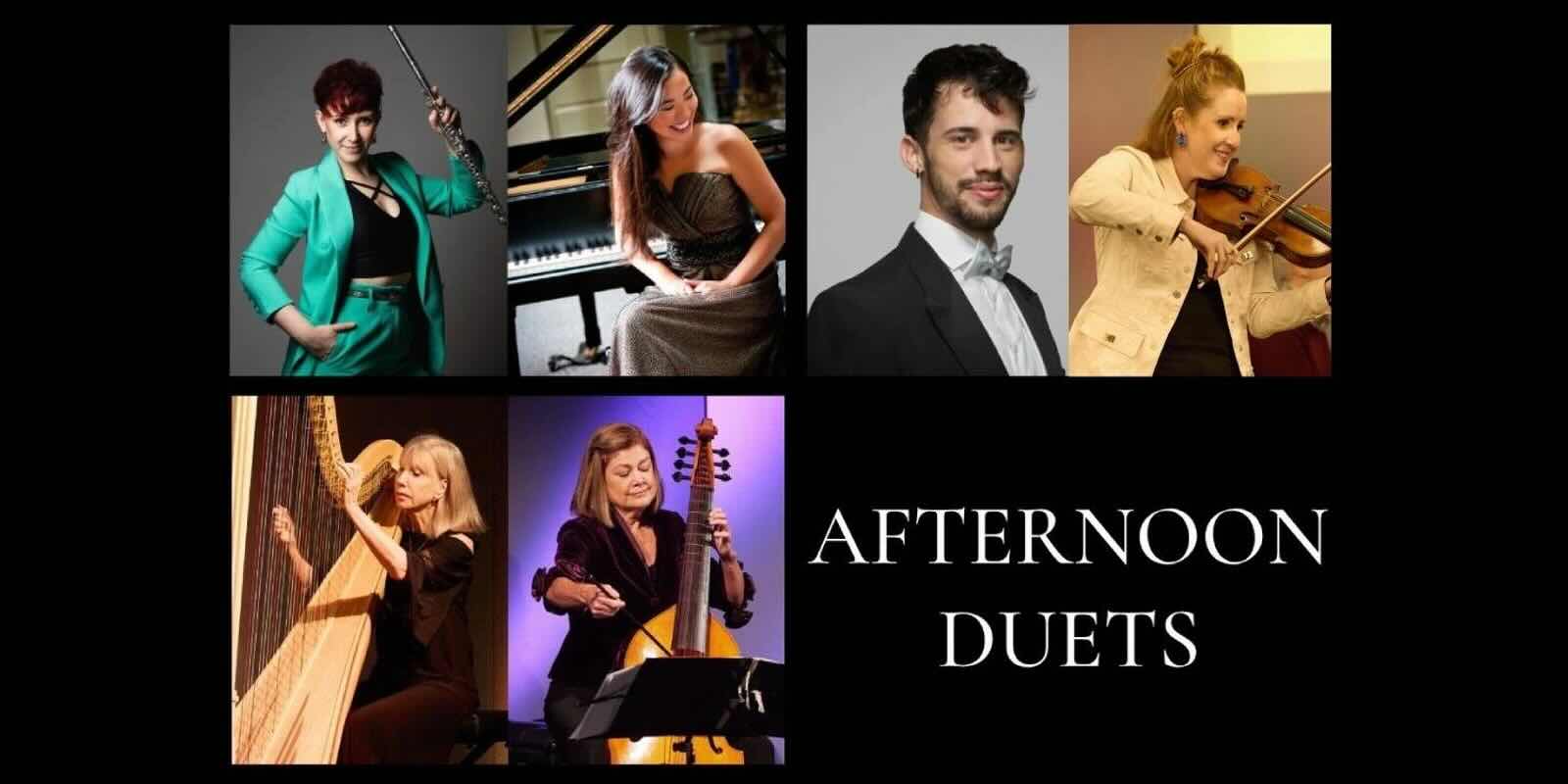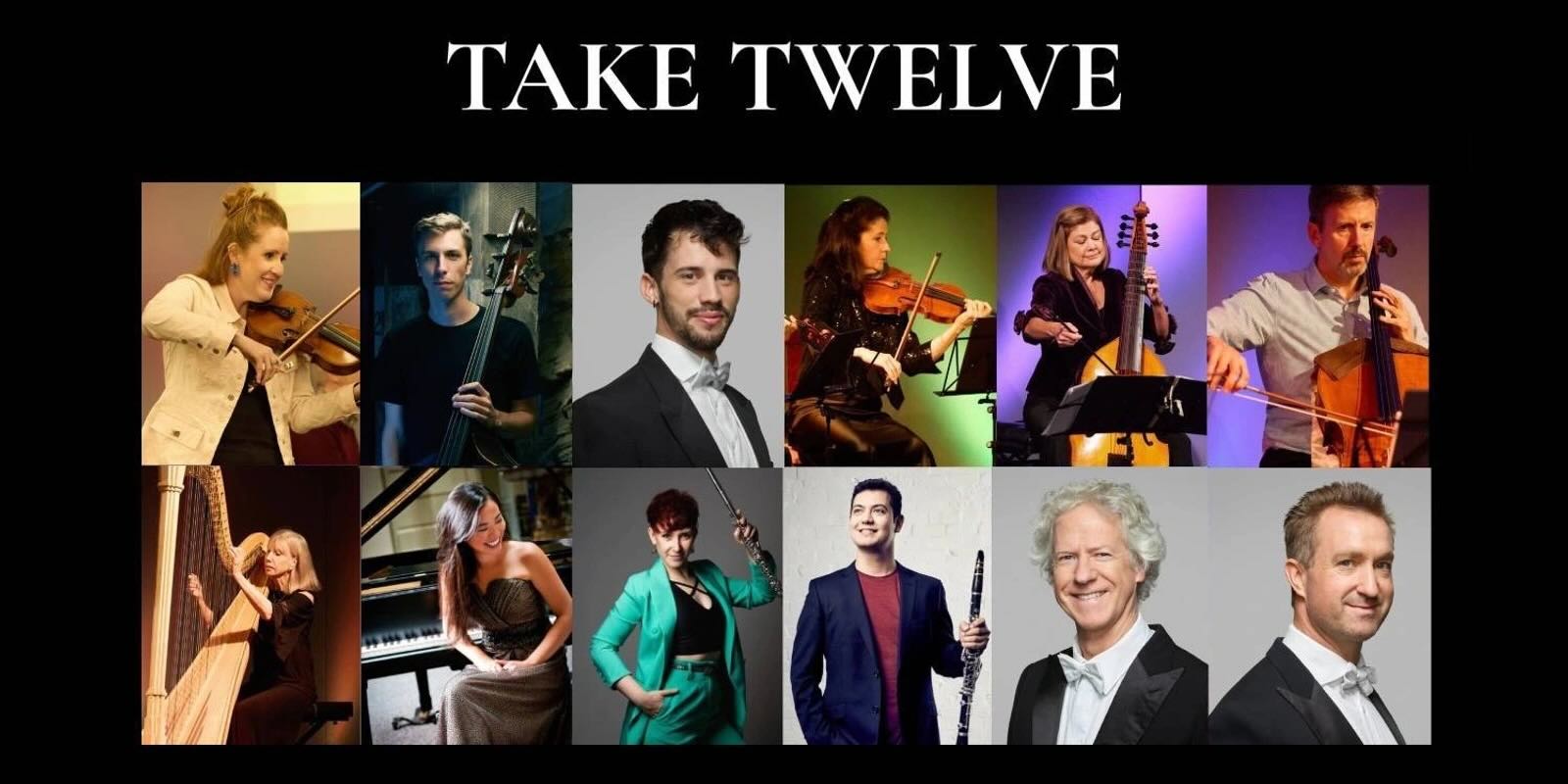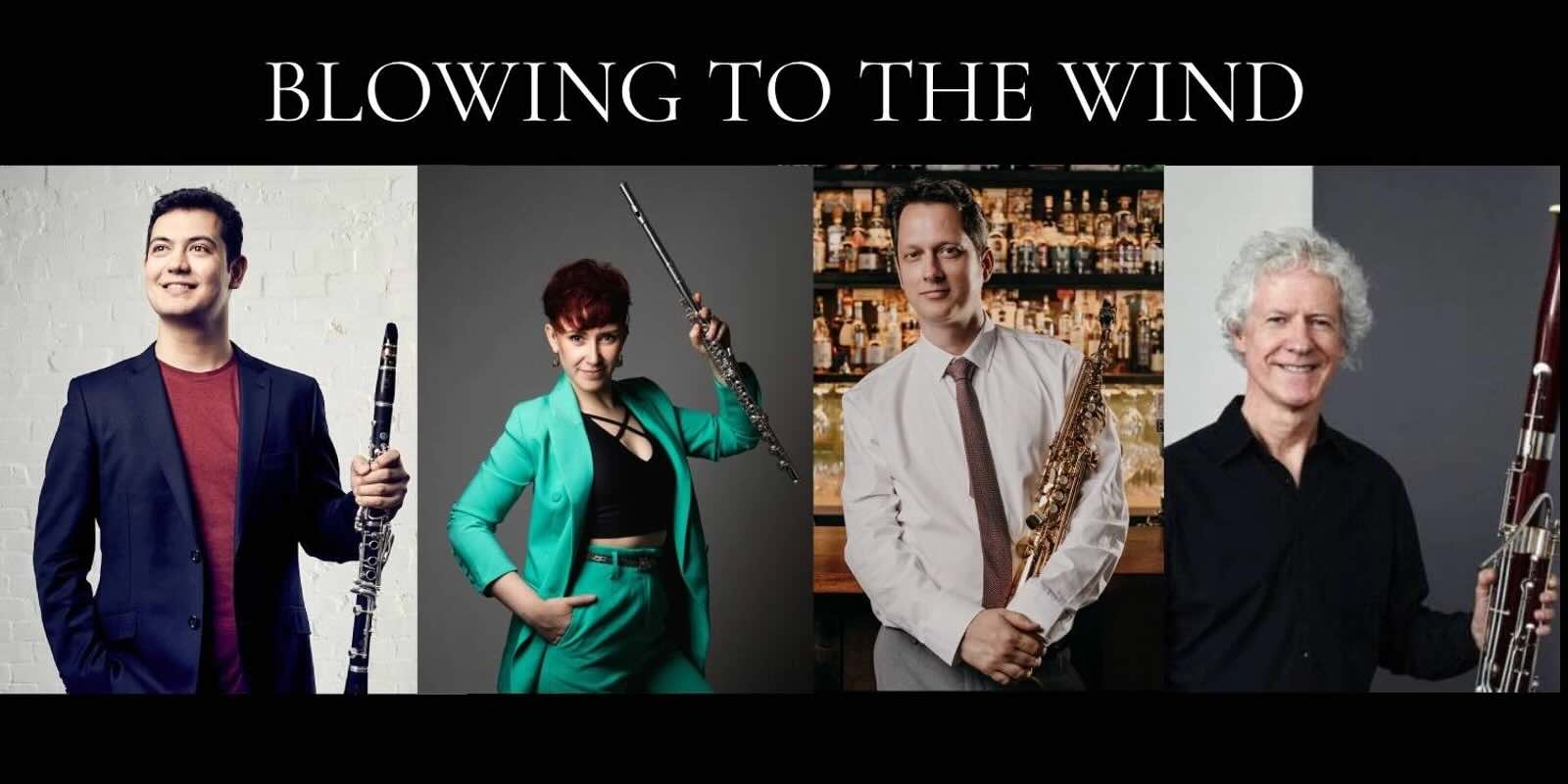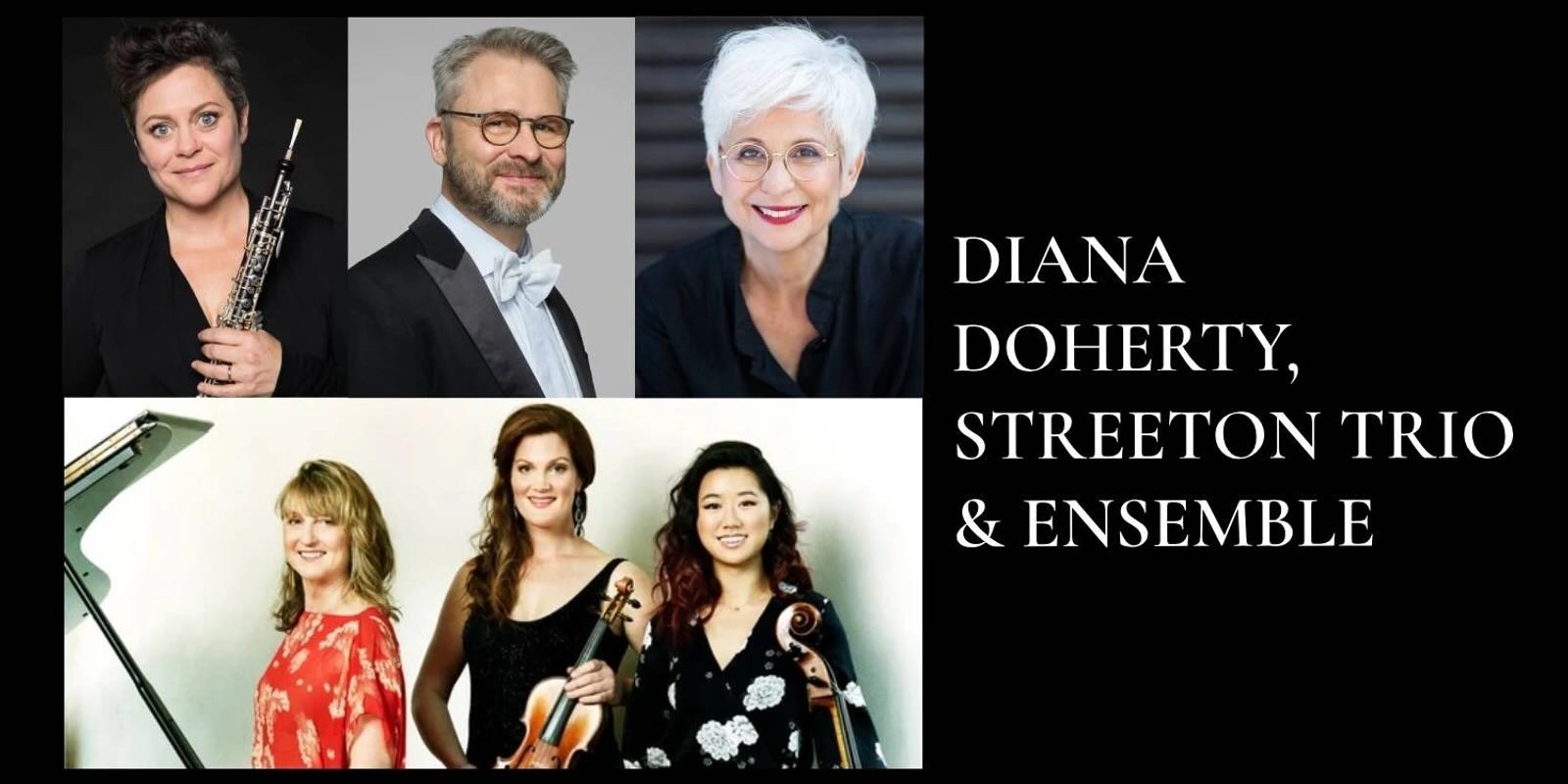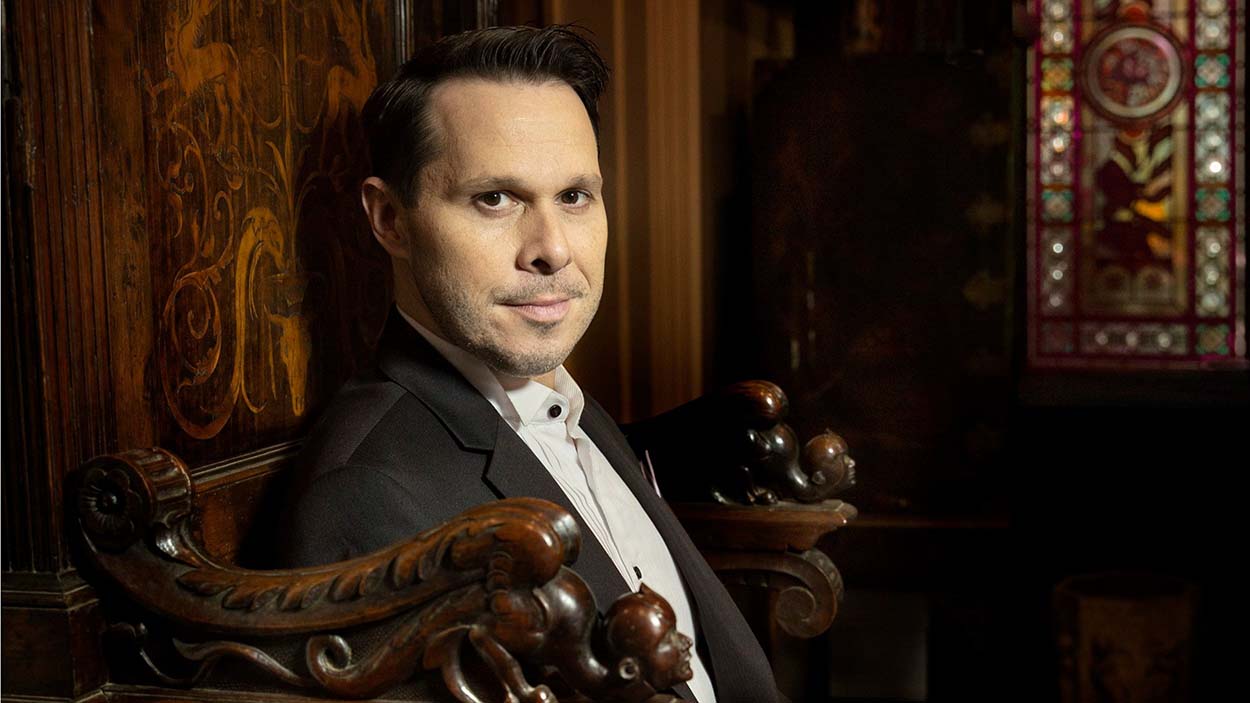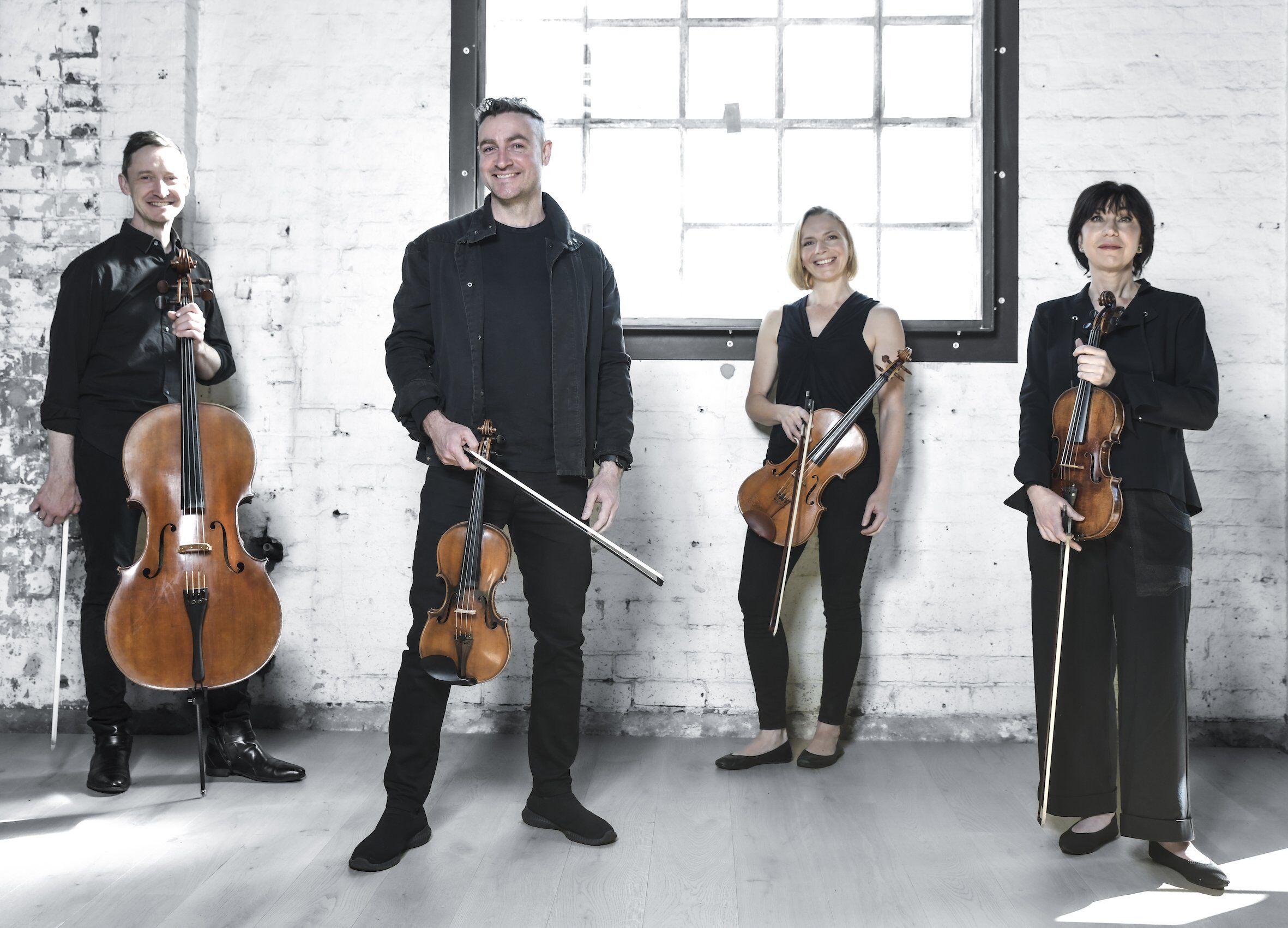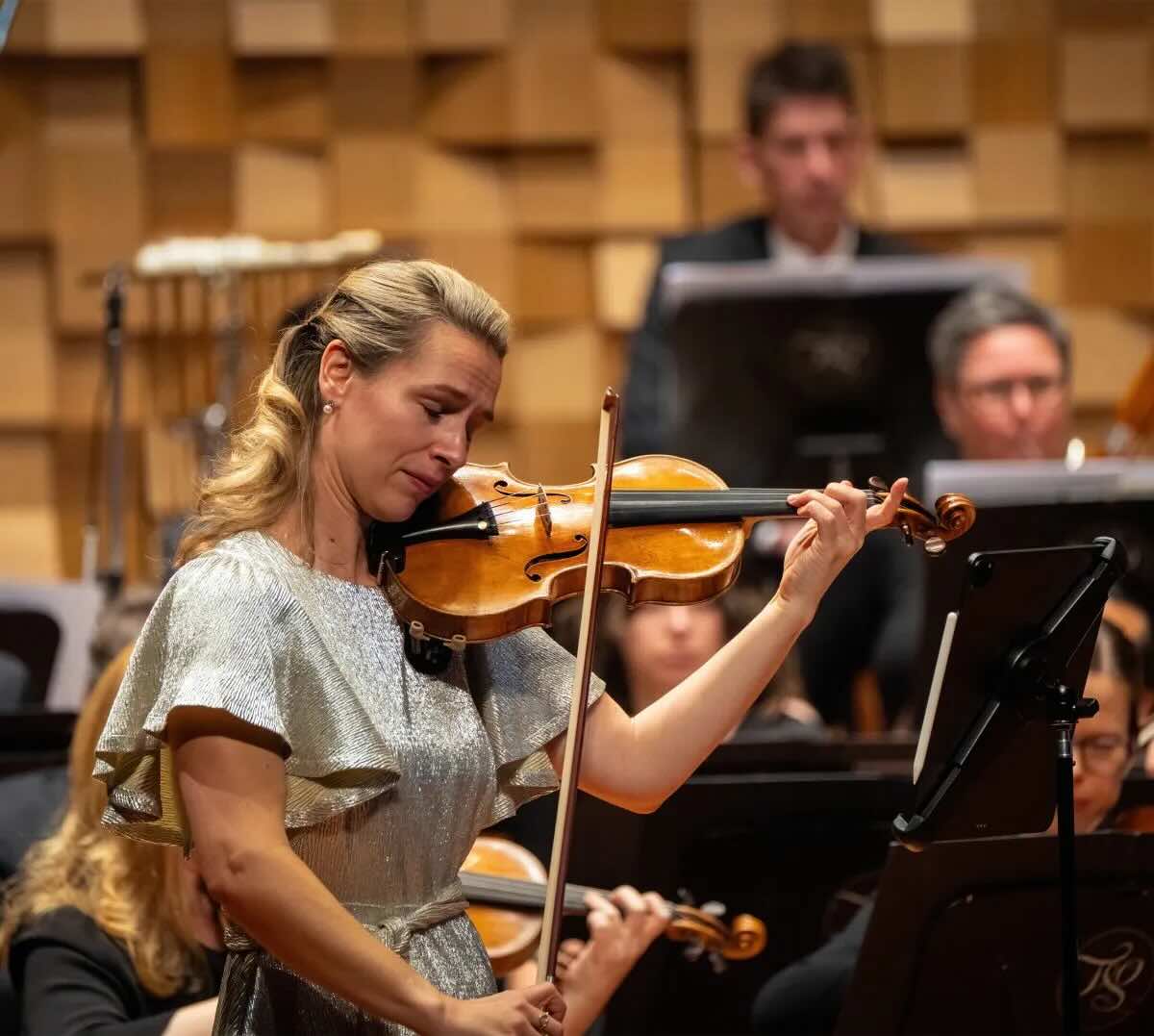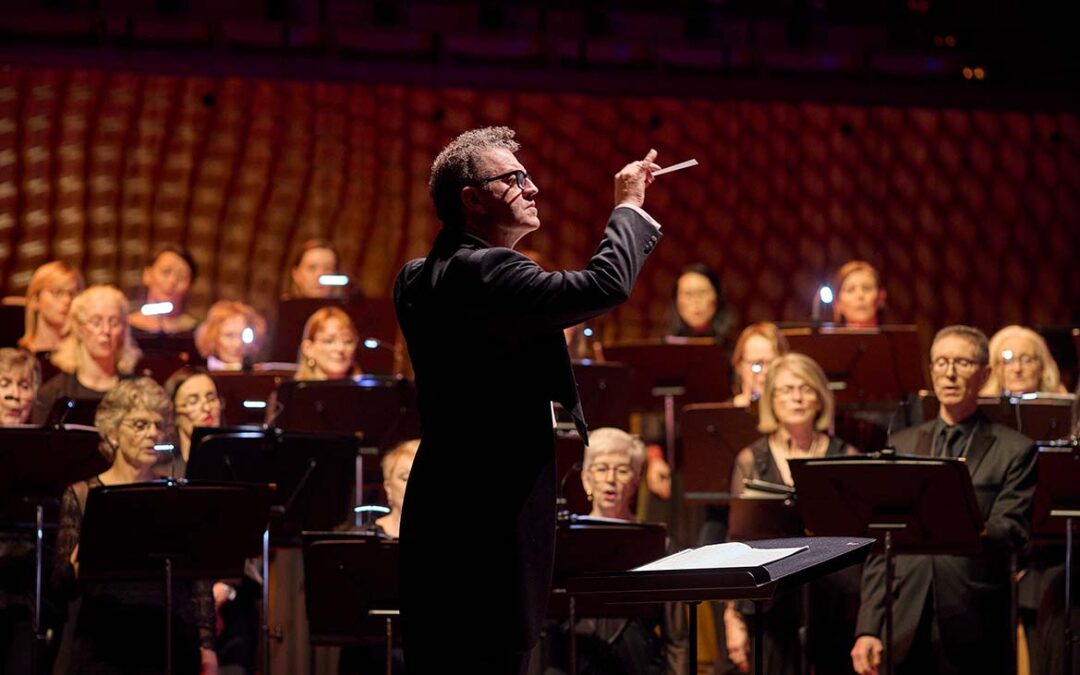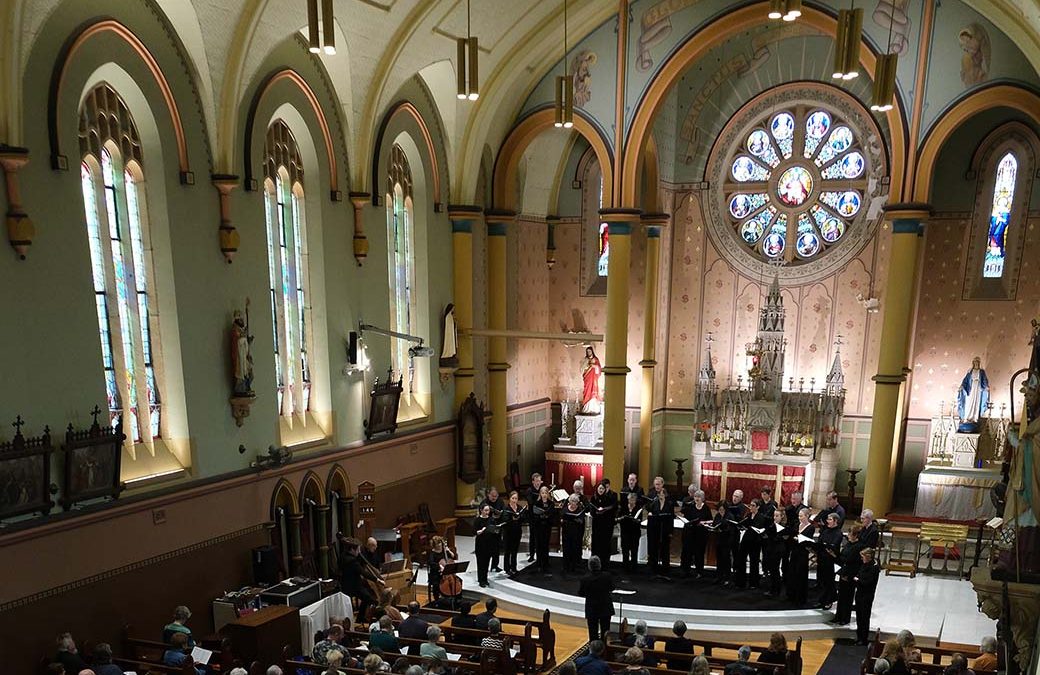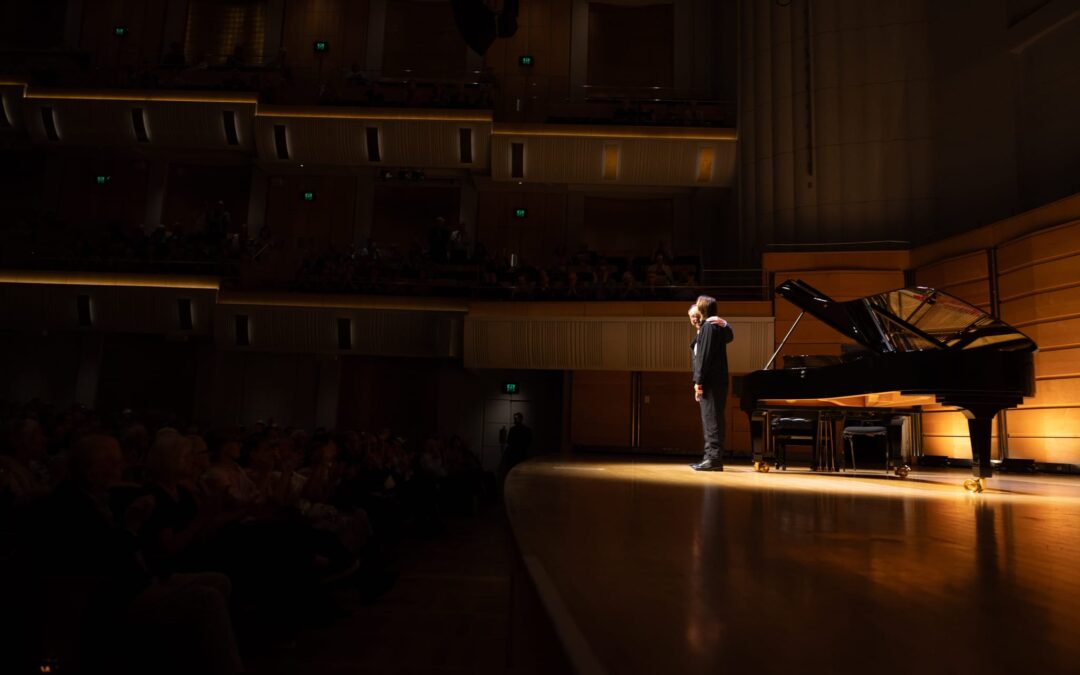Camerata and The Australian Voices
Sinking Cities
Composer: Rafael Karlen Libretto: Pearly Black
World premiere performance on Australian Digital Concert Hall, Streamed live from Judith Wright Arts Centre, Brisbane, Friday 11 February, 7:30pm
The 1,750 km Tigris River flows from the Armenian Highlands in Turkey, skirts Syria and flows into Iraq and through Bagdad. Eventually, after joining the Euphrates, where the Garden of Eden was supposed to have been, it empties into the Persian Gulf. It has been the lifeblood of some of the greatest civilisations in the Middle East including Mesopotamia. Part of this 12,000 year old culture is Hasankeyf, a Turkish town on the banks of the Tigris.
Downstream of Hasankeyf is the massive Ilisu Dam. As at the end of last year, the dam waters had completely flooded the whole town. There are many such occurrences in the modern world, perhaps the most famous being the Abu Simbel temples, not because they were drowned by Egypt’s Aswan Dam, but because several huge and very impressive temples were moved above the water level. Most were flooded and forgotten.
Hasankeyf has had some artefacts moved to higher ground, but the news is not good. This erasure of history inspires this new work, “Sinking Cities”, by Karlen/Black. It asks what price are we prepared to pay for relatively short term progress.
The Brisbane based Camerata is preceded by its excellent reputation. As well as the more traditional repertoire, they are great champions of new and contemporary works.
The work is scored for string orchestra, choir and solo saxophone (here played by the composer). The three resources are used quite distinctively. The wash of sound in which string orchestras excel (think Vaughan Williams) is well suited to the imperceptibly slow encroachment of the water drowning the town. While this work was being written, the town was in the middle of slowly being flooded. The voices obviously carry the text and attract the aural attention through word painting. While the strings and voices have an archetypal feel, the function of the sax is quite different. It tends to play either solo or just with the strings. It’s music, although also languid, is very much in contrast to the rest of the ensemble. It is sad, but in both the rhythm and melodic line it is more loose and free. Jazz-like really. The choir and strings are more like an unstoppable force, whereas the sax line comes across as reactive and intensely personal. A countervalence of individual emotion.
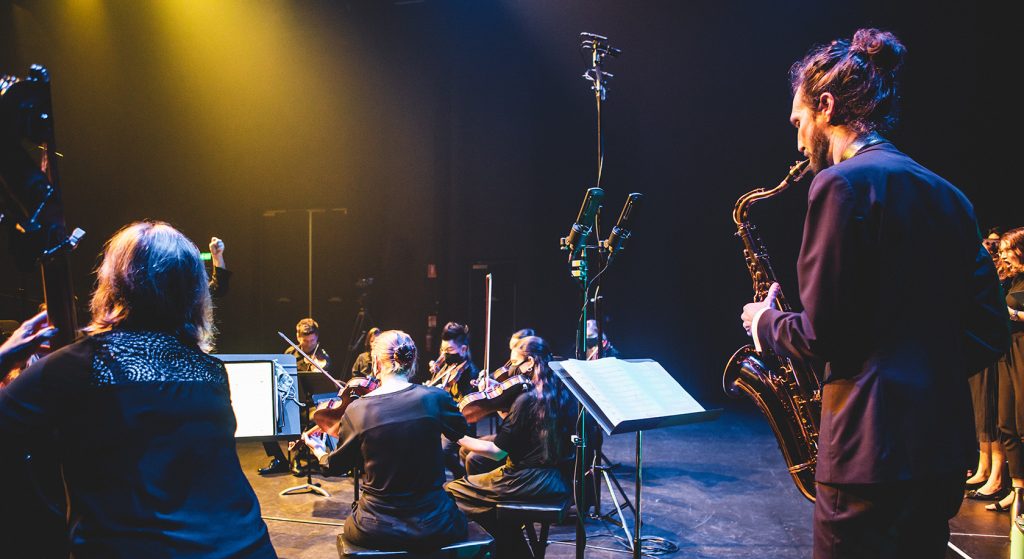
Black’s libretto is fascinating but sparse; mostly short phrases of a few emotive words. It works very well. The composition frequently uses ostinato techniques which fit well with this style of text.
The opening movement Rising Slowly commences with just the tranquil river represented in the strings and then, when the choir joins, constant slowly rising phrases with obvious meaning. The next movement Twelve Thousand Years takes the opposite symbolism; the culture and town sink into the water with falling phrases.
Several of the texts show conflict and immense tension with clever imagery. The movement Swim Through Windows has the lyric “Am I fish or child?” with nursery-rhyme-like three note descending phrases. The Done/Undone movement has the logically impossible “unring the bell” and “undrip the water”. The penultimate Everything Changes is jumbled with “nothing is lost”, “everything is lost” and “nothing changes”. The choir has intensionally confusing overlapping phrases showing different perspectives held simultaneously taking little notice of each other.
The ensemble of the strings and choir is always well balanced, although there is one intentional exception in the last movement, Future for Some. It is introduced by a melancholy violin solo like a Bach Partita. Then the text is spoken rather than sung by the choir and the strings gradually drown out the overlapping voices saying, “water flows where the wind should blow”.
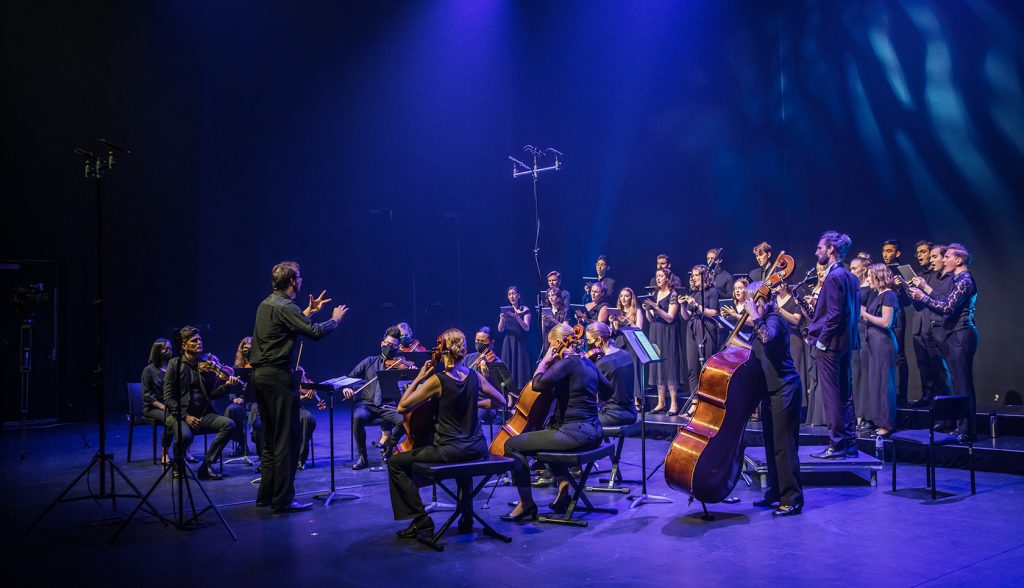
The only movement which shows the “progress” side of the ledger is Strange Parade. Here opening ceremonies are strangely cheerful, with official pats-on-the-back and engineering works presented like a toned down pizzicato version of the machinery in Fritz Lang’s Metropolis.
The piece as a whole has a feeling of glacially slow inevitable, irreversible change for the worse.
As to what price we are prepared to pay, this piece clearly sees the price as too high. There is a sadness about this work and there is an implicit disapproval of the destruction. Little indicates sympathy for the “progress” part of the equation. It is hard to imagine that any officials involved in the building project might listen to this work and have their minds changed. That perhaps is as might be expected; the politicians and engineers provide the practical impetus. The artists yearn for what is lost and, like a voice in the wilderness, plead that we as a humanity will learn from our mistakes. Unfortunately it is not hard to see which way the power imbalance leans.
This is a wonderful performance of an impressive and engaging new work. Listen to it if you get the chance. Congratulations to all involved in this project.
Program notes and lyrics are available online here.
Photo credit: Michelle Secis

